What are FRLs?

FRL requirements are expressed by the BCA in the number of minutes of protection of three criteria:
- Structural adequacy
- Integrity
- Insulation
The rating is expressed in this order, so an FRL of 60/120/90 signifies that the coating provides:
- 60 minutes of structural adequacy
- 120 minutes of integrity
- 90 minutes of insulation
This rating is achieved by subjecting a specimen to the standard time temperature curve regime as set out in AS 1530.4-2014 to AS4100 regression analysis post May 2022.
The minutes stated for each criteria are an indication of the time the product continues to perform when subject to the standard fire test, as outlined in the Australian standard AS 1530.4-2005.
The times shouldn't be confused with how well a given product will perform in an actual building fire where the size and intensity of a fire is subject to a number of variables. The FRL simply provides a consistent way of comparing the performance of a range of products.
As the structural steel components of a building do not provide a barrier to fire and smoke spreading throughout a building only the structural adequacy criteria is relevant to the FRL when applied to the structural steel components of a building. As such FRL requirements for structural steel are expressed, within the BCA, as being between 30/-/- and 240/-/-.
BCA FRL requirements
The fire protection requirements for buildings, as specified by the BCA, are determined by three criteria:
- The building classification
- Fire compartment size
- Rise in storeys (building types)
What are building types?
Buildings are classified as types A, B or C depending on the number of storeys and their risk level:
- Type A - 3 or more storeys - these high rise, high occupancy buildings are subject to the highest risk and therefore are the most fire resistant
- Type B - 2-3 storeys - are an intermediate level between type A and type C
- Type C - 1-2 storeys - these buildings are the lowest risk and therefore have the least level of fire resistance
It should be noted that the building type, apart from being determined by the number of storeys, is also determined by the building class. Further information on building types and classes can be found here.
The FRL requirement varies depending on the building type.
Download the PDF
click hereMore articles...
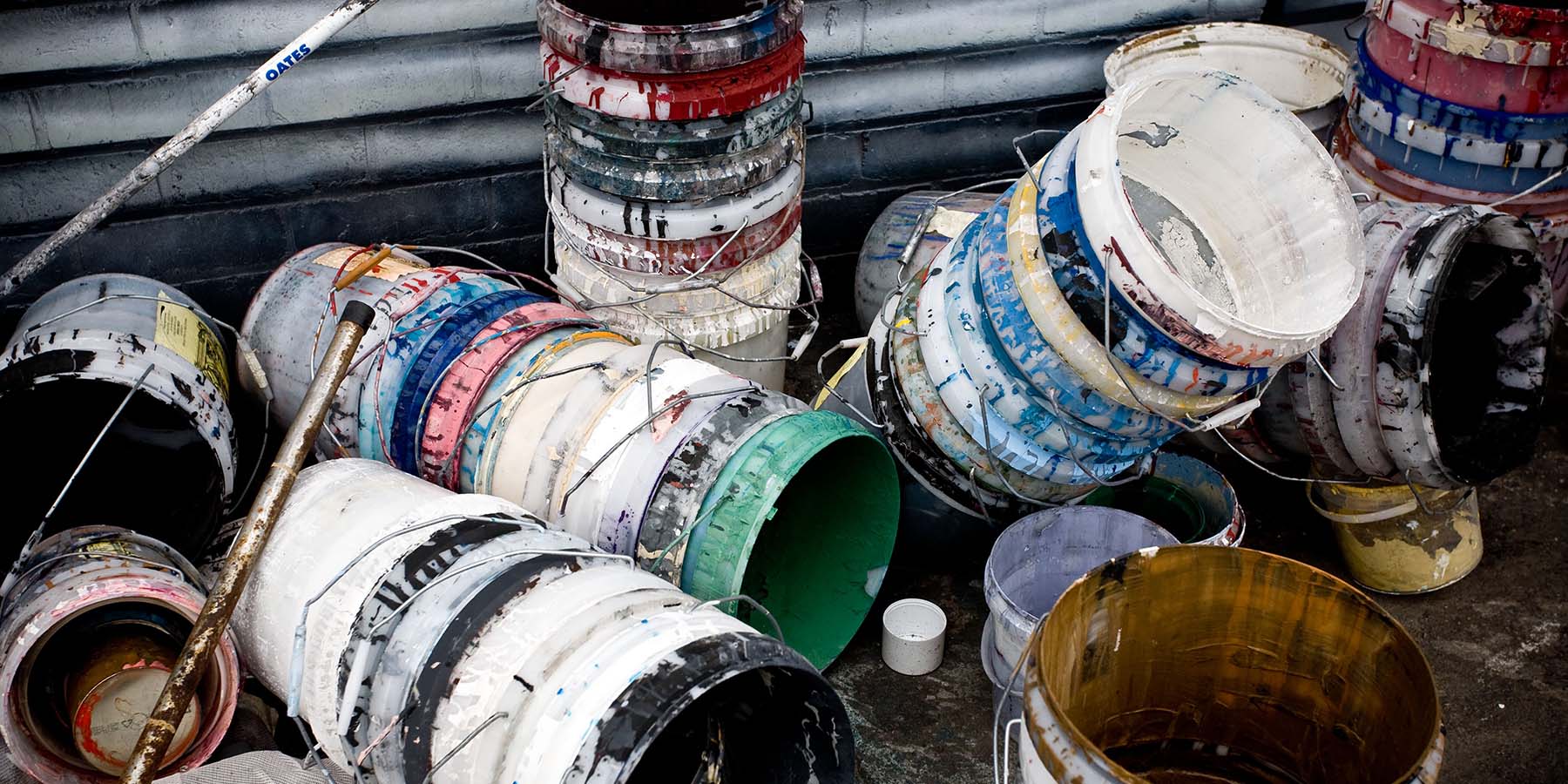
Intumescent coating types
There are a variety of intumescent coating types with different properties and application methods. Which type is the best for your situation?
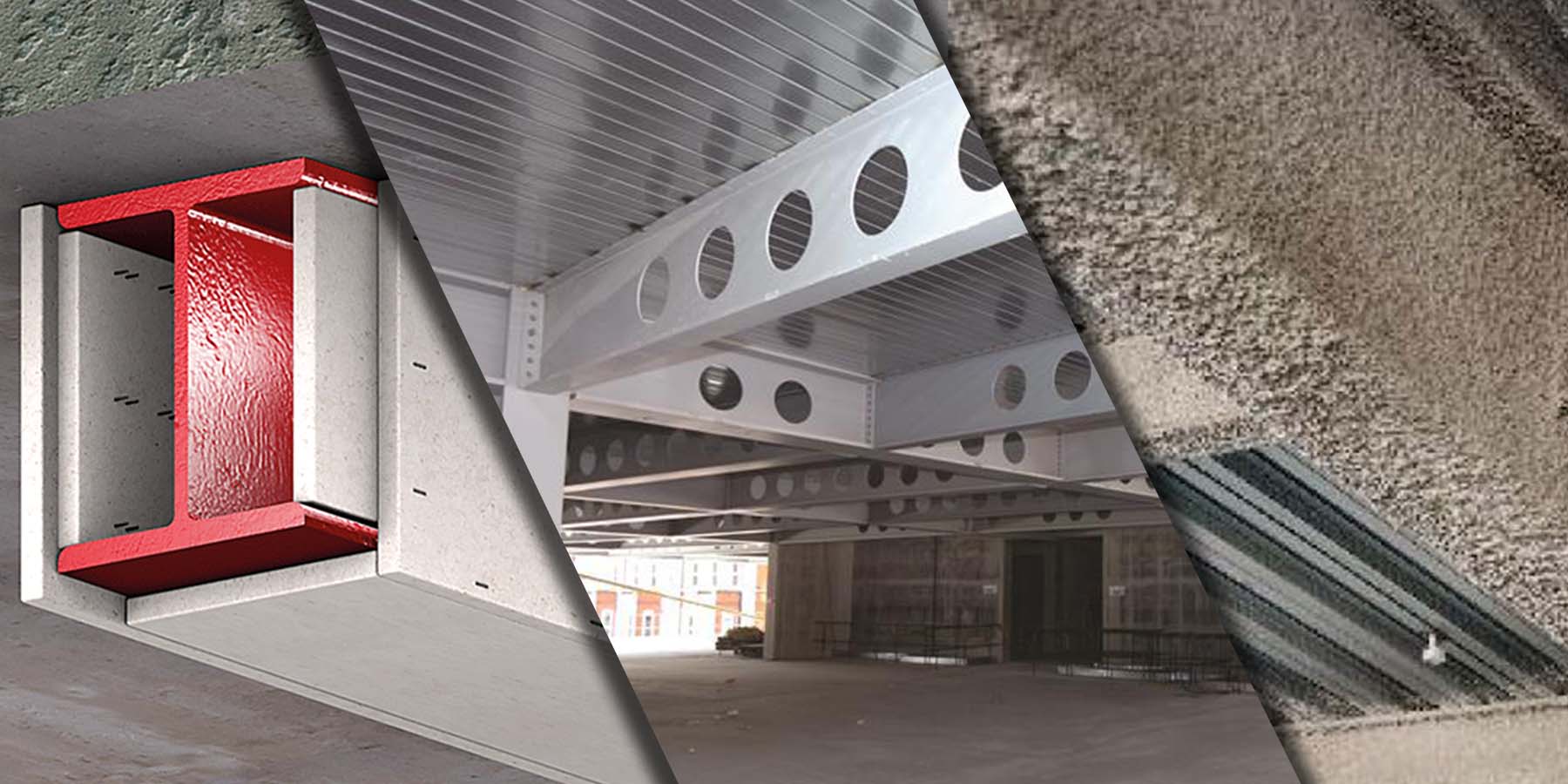
Passive fire protection methods
There are several ways to protect building structural work. Whilst some methods may be more prevalent, there is no one "best way" to protect a building's structure. The best method will most likely be determined by a number of factors, but here are your options.
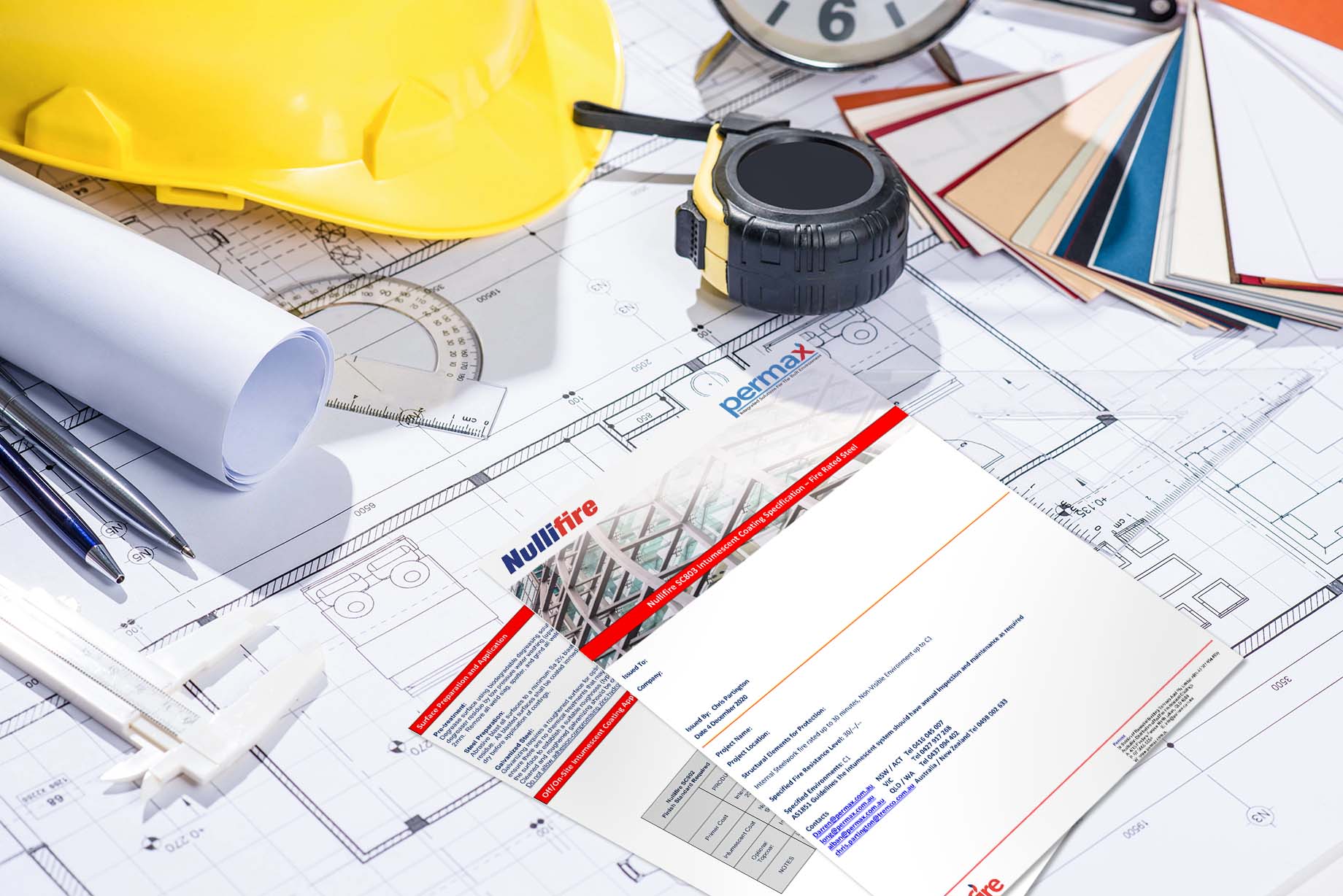
Intumescent paint coating specification templates
Access a range of templates supplied by manufacturers for the purposes of specifying their intumescent paint coating products for various FRLs and corrosivity ratings.
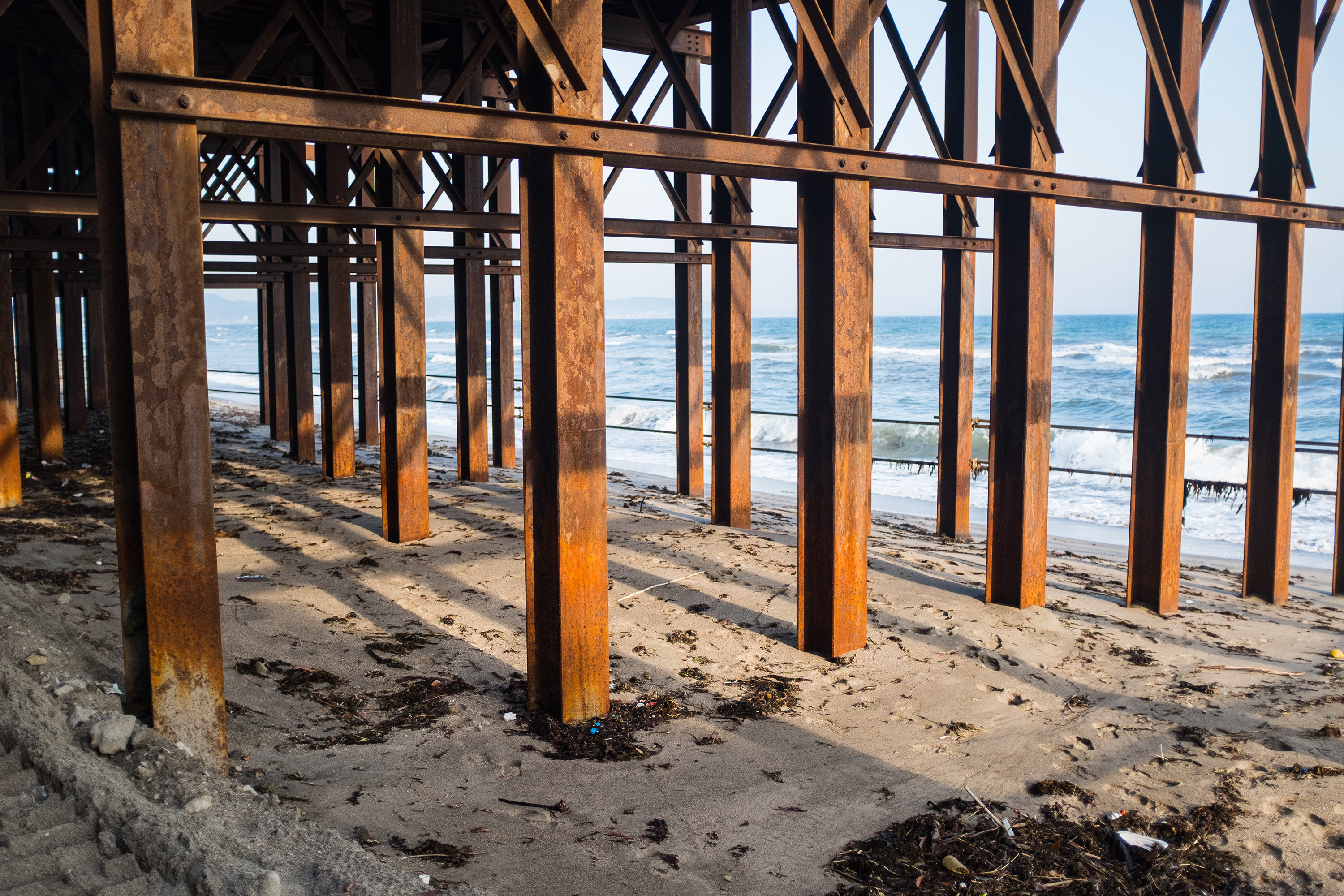
Intumescent paint coating corrosivity ratings in the Australian atmosphere
It's common knowledge that corrosion rates are affected by environmental factors, but do you know the various corrosivity ratings and their definitions?

Limiting steel temperatures to maintain structural integrity
Maintaining structural adequacy on load-bearing steel is critical to the fire safety of building occupants, fire fighters and the surrounding built environment. Here's how limiting steel temperatures to maintain structural integrity relates to intumescent paint coatings.

Getting help with intumescent paint coatings
The specifying and application of an intumescent coating system is a highly specialised task that requires considerable training and experience to accomplish correctly.
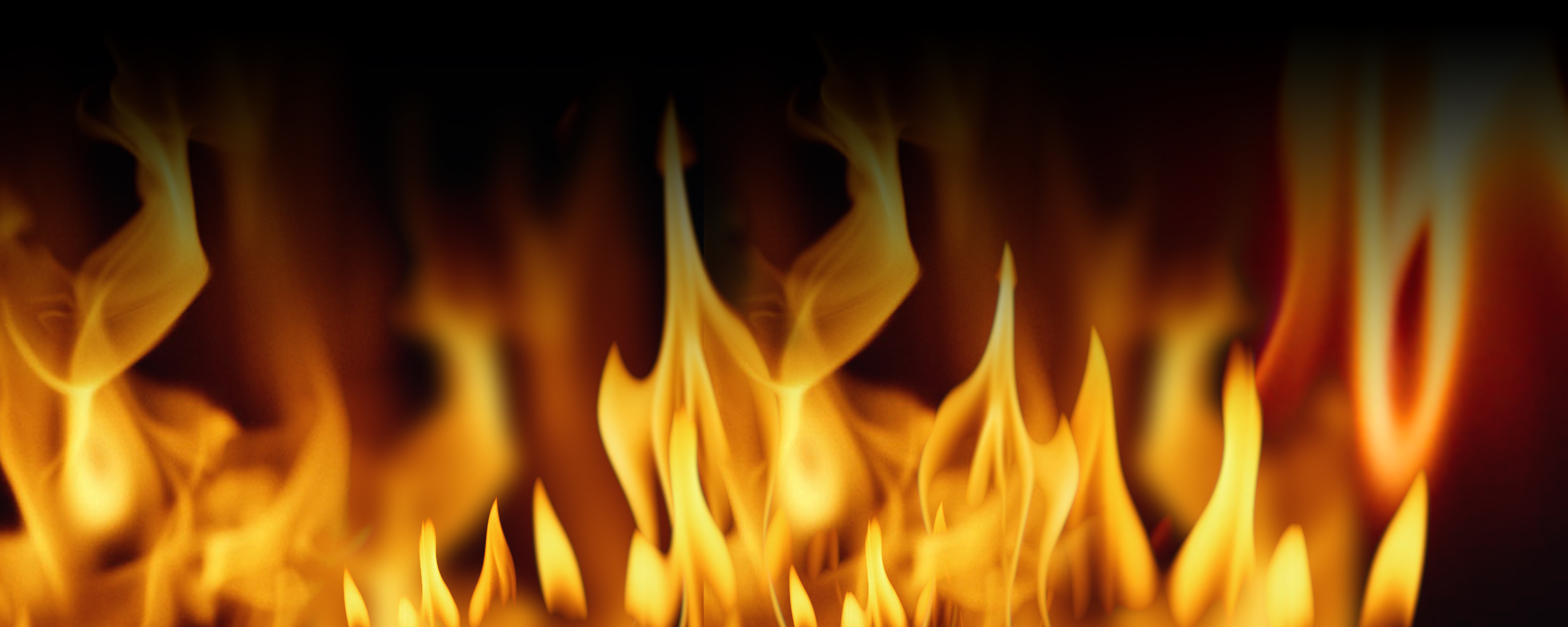
Fire types and severity
Different combustible materials burn at different temperatures which will have a bearing on the FRL of a given intumescent paint coating. This needs to be taken into account when specifying intumescent products so that the required FRL is ensured for the combustible materials that are likely to be encountered in a particular situation.
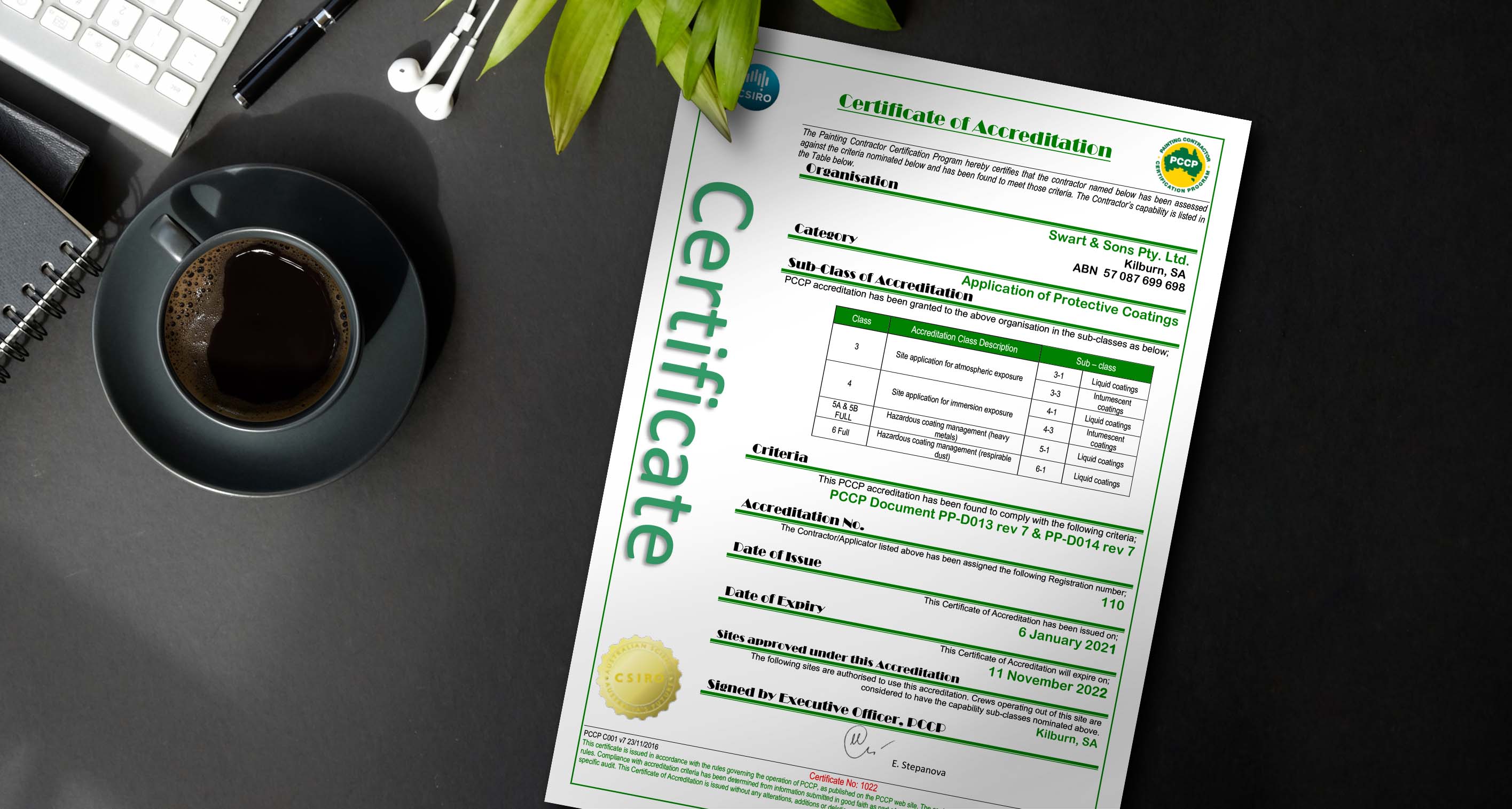
Quality assurance for intumescent paint coatings
We believe Painting Contractor Certification Program (PCCP) accreditation is paramount for passive fire protection contractors engaged in applying intumescent paint coating systems.

Specifying intumescent paint coatings
Whilst intumescent coating products may look just like paint, they have an important function (i.e. passive fire protection) that makes their specification a much more involved process.
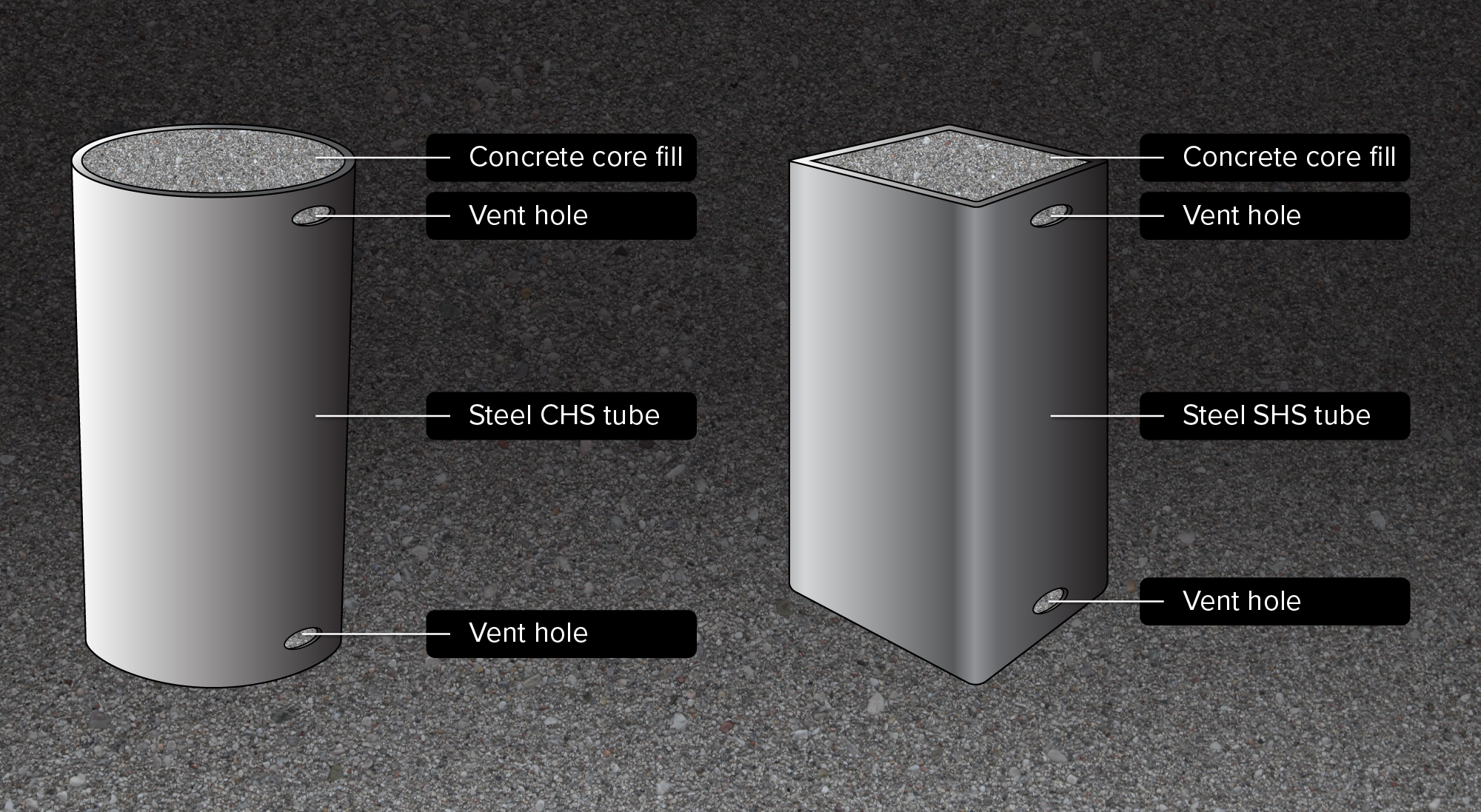
How core filling affects intumescent paint coatings
Core filling is a viable solution to fire-protect high Hp/A hollow section steel that is otherwise unable to achieve the desired FRL.
